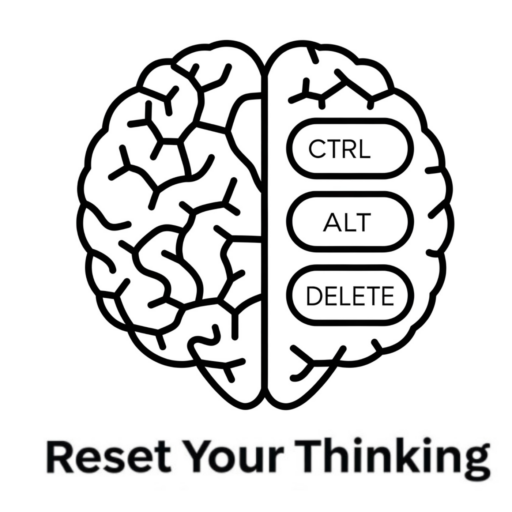“The ONE Thing” by Gary Keller
I. Core Theme: Focus on the Singular Most Important Thing
- The central argument is that extraordinary success stems from narrowing your focus to one thing, the most important task or goal.
- Quote: “Where I’d had huge success, I had narrowed my concentration to one thing, and where my success varied, my focus had too.”
II. Rejecting Common Myths (“The Lies”):
- The book challenges several commonly held beliefs about productivity and success, labeling them as “lies” that derail individuals. These include:
- Everything Matters Equally: The book argues against the idea that all tasks or priorities hold the same weight. Instead, the Pareto Principle (80/20 rule) is implied: some things matter significantly more.
- Multitasking: Multitasking is presented as an illusion and detrimental to productivity. The document cites research showing that frequent multitaskers perform worse than those who focus on one task at a time.
- Quote: “To do two things at once is to do neither.”
- A Disciplined Life: The book doesn’t advocate for extreme discipline. Instead, it suggests focusing on building powerful habits through selected discipline.
- Quote: “Don’t be a disciplined person. Be a person of powerful habits and use selected discipline to develop them.”
- Willpower Is Always on Will-Call: Willpower is portrayed as a limited resource that needs to be managed, not an infinite supply. It should be reserved for the most important tasks.
- A Balanced Life: Absolute balance is deemed an unattainable ideal. The book suggests viewing balance as an ongoing act of balancing rather than a state of being.
- Quote: “The truth is, balance is bunk. It is an unattainable pipe dream… . The quest for balance between work and life, as we’ve come to think of it, isn’t just a losing proposition; it’s a hurtful, destructive one.”
- Big Is Bad: The document encourages thinking big and setting ambitious goals, arguing that fear of the “big” often leads to settling for mediocrity.
- Quote: “Don’t fear big. Fear mediocrity.”
III. The Focusing Question: The Key to Productivity
- The book introduces a specific question designed to help individuals identify their “ONE Thing”: “What’s the ONE Thing I can do / such that by doing it / everything else will be easier or unnecessary?”
- This question should be used to identify both “big picture” goals and the immediate steps needed to achieve them.
- It forces prioritization and focused action by limiting the answer to “one thing”.
- The question can be tailored to different areas of life (spiritual, physical, personal, relationships, job, business, finances) to help determine the most important focus in each area.
IV. The Success Habit and Great Answers
- Asking the Focusing Question is presented as a habit that leads to extraordinary results.
- The path to great answers involves asking a great question and then seeking out a great answer. Great questions are described as “big and specific”. The document mentions four options for framing a Great Question, of which the most potent is ‘Big & Specific’
- Quote: “What can I do to double sales in six months?”
- Great answers should stretch your beliefs and look outside the standard toolbox of solutions.
V. The Journey: Purpose, Priority, and Productivity
- The document outlines a formula for achieving extraordinary results:
- Purpose: Understanding your “why” – what truly matters to you. This serves as the foundation.
- Quote: “Purpose provides the ultimate glue that can help you stick to the path you’ve set.”
- Priority: Identifying your ONE Thing based on your purpose. Goal Setting to the Now is introduced to show how a goal and priority work together.
- Quote: “Goal Setting to the Now” to emphasize why we were creating a priority in the first place.
- Productivity: Taking action on your ONE Thing, protecting time for it, and saying “no” to distractions.
VI. Time Blocking as a Tool
- Time blocking is emphasized as a crucial strategy for productivity. It involves scheduling dedicated blocks of time for your ONE Thing, planning, and protecting those blocks from interruptions.
- The document also makes a distinction between maker time and manager time: “To experience extraordinary results, be a maker in the morning and a manager in the afternoon.”
VII. Protecting Your ONE Thing: Saying No and Managing Your Environment
- Saying “no” to distractions and commitments that don’t align with your ONE Thing is presented as essential.
- Quote: “One-half of knowing what you want is knowing what you must give up before you get it.”
- The importance of creating a supportive environment, including the people you surround yourself with and your physical workspace, is highlighted.
VIII. The Path to Mastery
- Mastery is presented as a never-ending journey of improvement, with the highest-ranking martial artist embracing the emblem of the beginner, because the journey of the successful lifelong learner was never over.
IX. Key Takeaways/Actionable Steps:
- Identify your ONE Thing in various areas of your life using the Focusing Question.
- Time block your ONE Thing and protect that time fiercely.
- Say “no” to anything that distracts you from your ONE Thing.
- Create a supportive environment.
- Think Big and avoid limiting yourself to incremental thinking.
This briefing document summarizes the key concepts from the provided excerpts, highlighting the importance of focus, prioritization, and disciplined action toward achieving extraordinary results.
RYT Podcast is a passion product of Tyler Smith, an EOS® Implementer (more at IssueSolving.com). All Podcasts are derivative works created by AI from publicly available sources. Copyright 2025 All Rights Reserved.

